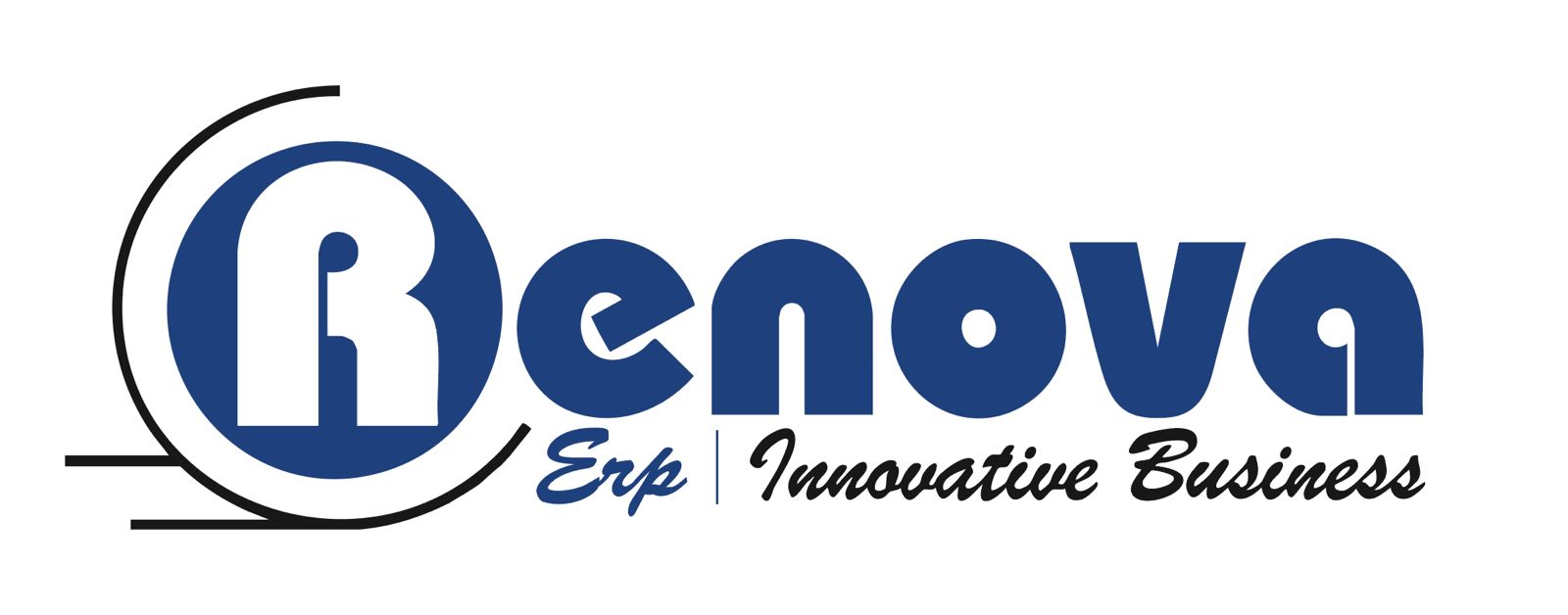Automated accounting and bookkeeping involves using software and technology
to streamline and automate various accounting and bookkeeping tasks, such as: Data entry, Invoicing, Reconciliations Journal entries, and Financial reporting
Let’s say you’re a small business owner who sells products online.
You use an e-commerce platform to manage your sales, and you want
to automate your accounting and bookkeeping processes..
Automated Accounting and Bookkeeping Process:
1. Data Entry: The e-commerce platform integrates with your accounting software,
automatically importing sales data, including invoices, payments, and refunds.
2. Invoicing: The accounting software generates invoices automatically based on
the sales data, and sends them to customers via email.
3. Reconciliations: The accounting software automatically reconciles bank
statements and credit card statements, ensuring that all transactions are
accurately recorded.
4. Journal Entries: The accounting software automatically generates journal
entries for depreciation, amortization, and other recurring expenses.
5. Financial Reporting: The accounting software generates financial reports,
such as balance sheets, income statements, and cash flow statements, automatically.
Benefits:
By automating accounting and bookkeeping processes, you can:
– Reduce errors and inaccuracies
– Increase efficiency and productivity
– Save time and reduce labor costs
– Improve financial visibility and decision-making
– Enhance compliance and regulatory reporting
Tools and Techniques:
Some common tools and techniques used for automated accounting and bookkeeping include:
– Accounting software (e.g., QuickBooks, Renova ERP, Tally)
– Cloud-based accounting platforms (e.g., Zoho Books, Renova ERP)
– Artificial intelligence (AI) and machine learning (ML) algorithms
– Application programming interfaces (APIs) for integrating with e-commerce
platforms and other systems
If you are interesting to automate your Business please write to us:
latheef.renova@gmail.com
info@renovaerp.com

